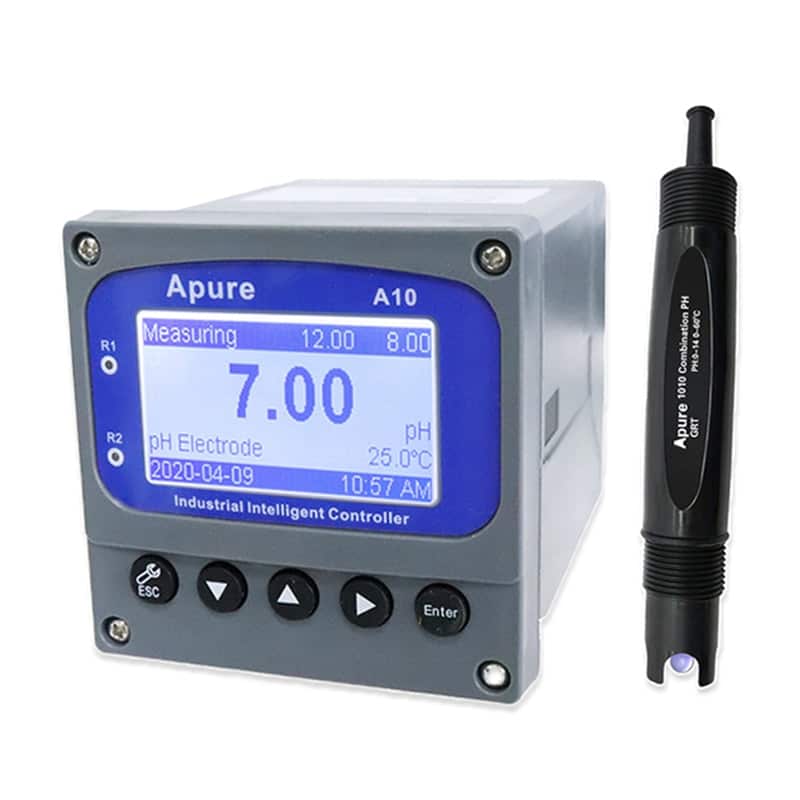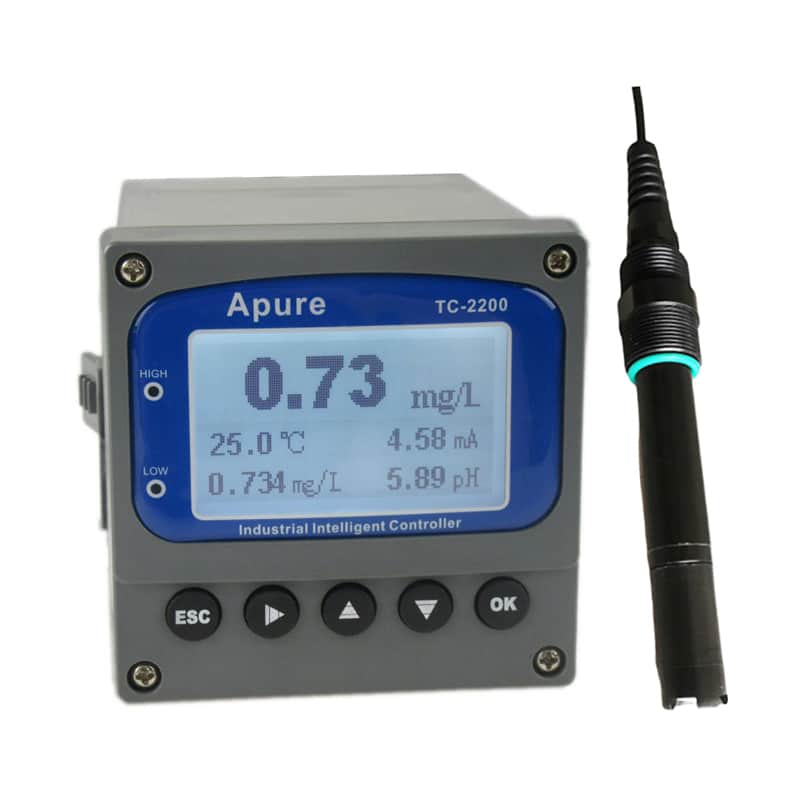Muriatic acid, often referred to as diluted hydrochloric acid (HCl), is a versatile solution used in a wide range of applications, including household, industrial and pool maintenance. It plays an important role in cleaning stains, adjusting pH levels, and metal finishing. However, you need to be extra careful when using hydrochloric acid.
What is Muriatic Acid?
Muriatic acid is a dilute solution of hydrochloric acid, usually at a concentration of about 20-30%. It is colorless to pale yellow, has a pungent odor, and is produced primarily through the combustion of hydrogen and chlorine. Because of its corrosive properties, hydrochloric acid is both useful and dangerous.
Are Muriatic Acid and Hydrochloric Acid the Same?
Muriatic acid and hydrochloric acid are essentially the same, referring to an aqueous solution of hydrogen chloride (HCl). However, there are some subtle differences between the two in practical applications and chemistry:
Concentration:
Muriatic acid: usually refers to an aqueous solution of hydrogen chloride at a lower concentration and is commonly used for cleaning, industrial processing, and other purposes. The concentration range is usually around 20-30%, making it convenient for commercial and domestic use.
Hydrochloric acid: is generally used to denote a more concentrated aqueous solution of hydrogen chloride, which can be as high as about 37%, and is a pure chemical reagent of laboratory or industrial grade.
Purity:
Muriatic acid: usually contains a small amount of impurities, especially industrial hydrochloric acid, sometimes with a light yellow color, which is due to the presence of traces of iron and other impurities.
Hydrochloric acid: higher purity, especially analytically pure (AR) or high purity hydrochloric acid, used in chemical analysis and laboratories, usually colorless and transparent liquid.
Common Uses of Muriatic Acid
- Cleaning and surface preparation
Concrete cleaning: Muriatic acid dissolves stubborn stains, calcium deposits and rust from concrete surfaces, making them look new again.
Brick and stone cleaning: Muriatic acid is equally suitable for removing stains, salting and residue from the surface of brick walls, stone and other building materials.
Metal finishing: Before painting or coating metal, muriatic acid can be used to remove oxides and corrosion and create a clean bonded surface. - Pool maintenance
Muriatic acid helps lower the pH and alkalinity of pool water, keeping it within safe limits. A balanced pH is essential to avoid skin irritation, eye irritation and to ensure that chemicals such as chlorine in the pool work effectively. - Industrial applications
Steel pickling: Muriatic acid is used in the steel industry for the pickling process, i.e. the removal of rust and oxidized skin from the surface of steel.
pH control in manufacturing: Muriatic acid is used to neutralize alkalis and regulate pH in a variety of manufacturing processes. - Household cleaning (use with caution)
Although not recommended for everyday household use, muriatic acid, when used in small amounts and with caution, can be used to remove stubborn stains from bathrooms, clean toilets and dissolve mineral deposits.
Muriatic Acid Monitoring Methods and Standard Range Values
| Monitoring Method | Measurement Content | Standard Range Values |
| Hydrometer | Concentration of Muriatic Acid (g/mL) | 1.0 – 1.2 g/mL (20% – 30% HCl) |
| pH Meter | pH Value | < 1 (Strongly Acidic) |
| Titration | Concentration of Muriatic Acid (mol/L) | Based on specific application requirements |
| Hydrogen Chloride Gas Detector | Hydrogen Chloride Concentration (ppm) | ≤ 5 ppm (Safe Working Limit) |
| Thermohygrometer | Temperature and Humidity | Temperature: < 30°C; Humidity: < 50% |
| Container Inspection | Seal Integrity | No Leakage |
| Worker Health Monitoring | Hydrogen Chloride Exposure Concentration (ppm) | < 1 ppm (Safe Exposure Limit) |


Explanation
- Muriatic acid concentration: The hydrometer and titration methods are commonly used to monitor the concentration of muriatic acid. The concentration range depends on specific application requirements.
- pH value: As a strong acid, muriatic acid should have a pH value significantly below 7, typically below 1.
- Hydrogen chloride gas concentration: The hydrogen chloride gas detector monitors the concentration of hydrogen chloride in the air, ensuring it does not exceed the safe working limit.
- Environmental temperature and humidity: Maintaining appropriate temperature and humidity levels prevents the evaporation of muriatic acid.
- Seal integrity and health monitoring: Regularly inspect the integrity of containers and monitor the health of workers to ensure safe use.
Safety Precautions When Using Muriatic Acid
Muriatic acid is extremely corrosive and can lead to serious burns, breathing problems, and other health hazards if not handled properly. Here are some ways to protect yourself:
- Wear personal protective equipment (PPE)
Gloves: Use acid-resistant gloves to protect hands from chemical burns.
Goggles: Always wear goggles to prevent muriatic acid from splashing in the eyes.
Respirator or mask: If operating in a poorly ventilated area, wear a respirator to avoid inhaling gas.
Long-sleeved clothing: Wear long sleeves, long pants, and closed shoes to cover as much exposed skin as possible. - Ensure good ventilation
The gas evolved from muriatic acid is toxic and may irritate the respiratory system. Avoid inhaling these gases by operating outdoors or in a well-ventilated area. - Correct dilution method
If it is necessary to dilute muriatic acid, always pour the acid into water, not water into the acid, to avoid violent exothermic reactions leading to splashes and burns. Pour acid into water slowly and stir gently. - Avoid mixing with other chemicals
Muriatic acid should not be mixed with bleach or products containing ammonia as toxic chlorine gas can be produced. Always use it separately from other cleaning agents. - Handle spills with care
Small spills can be neutralized with a solution of baking soda (sodium bicarbonate), but be sure to operate under well-ventilated conditions. For large spills, consult local regulations for professional help.
How to Store Muriatic Acid Safely?
To prevent accidents and to ensure the effectiveness of muriatic acid, care needs to be taken when storing it:
- Store in a cool, dry place: avoid close proximity to heat sources and direct sunlight, as high temperatures may increase the pressure inside the container.
- Use corrosion-resistant containers and label them well: Usually use corrosion-resistant plastic containers to store them tightly closed to avoid leakage and away from other chemicals.
- Keep away from children and pets: Store muriatic acid in a safe place out of reach of children and pets.
Tips for Responsible Use
Here are some additional tips when using muriatic acid:
- Test on a small area first: If using on a surface such as concrete or stone, test on a small area first to make sure it will not cause accidental damage.
- Rinse thoroughly: Rinse the surface thoroughly with water after cleaning to remove any residue that could harm plants, animals or the surface.
- Proper disposal: Do not pour muriatic acid directly into household drains. It can be diluted and neutralized with baking soda or contact your local waste disposal authority for guidance.
Summary
Muriatic acid is a powerful tool that, when used correctly, can make cleaning, maintenance and industrial work more efficient. However, due to its corrosive nature, protective equipment must be worn and all safety protocols followed. With attention to safety measures, muriatic acid can be a versatile aid both in the home and in professional settings.
Apure offers a wide range of water quality parameter testers, pressure and temperature testing instruments, flow and level measurement instruments. Please contact us if you need more information.
